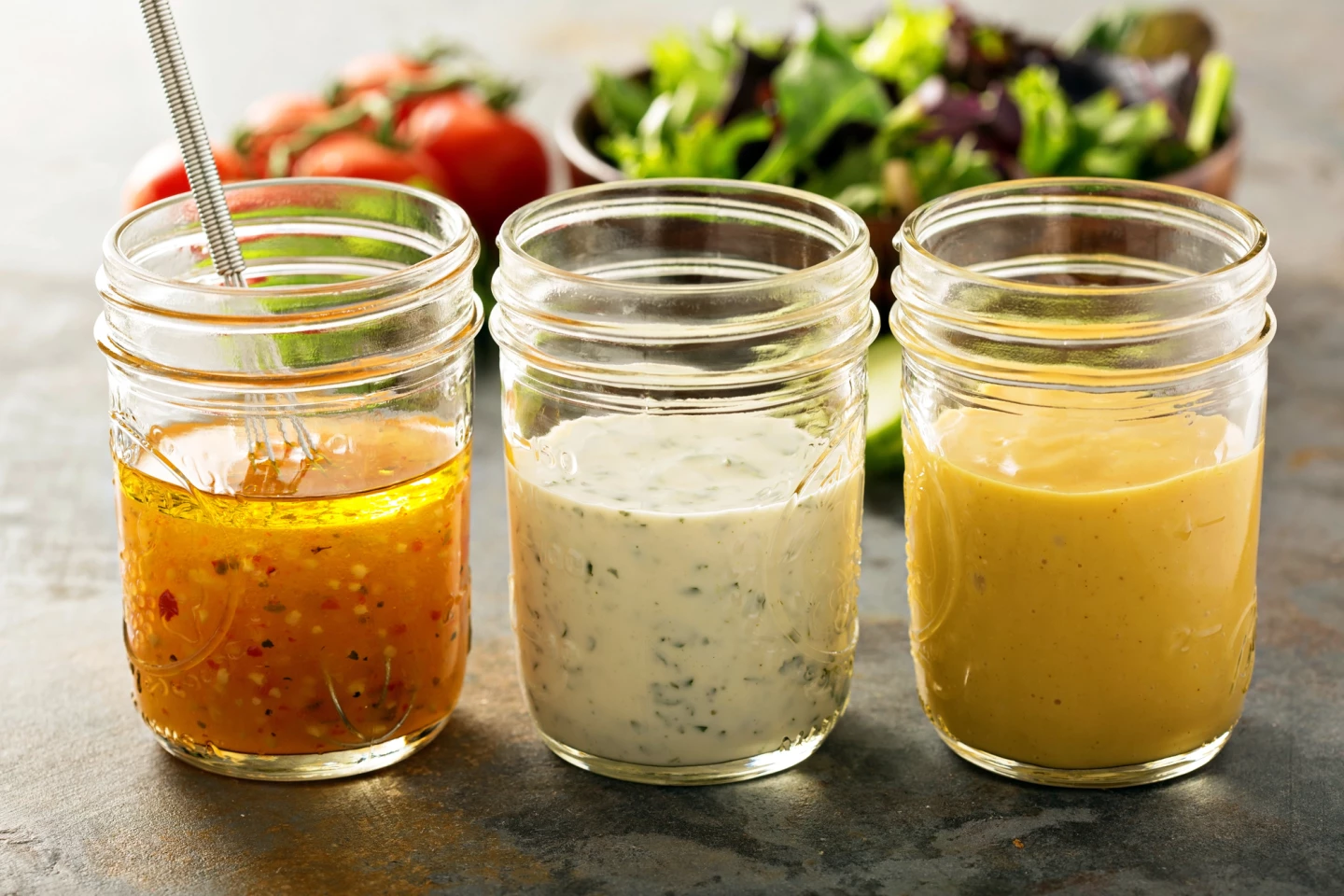Some foods and beverages that are generally considered healthy – or healthier – contain hidden added sugars and saturated fats that can add up, leading people to unknowingly consume more than the recommended daily allowance, according to a new study.
The 2020-2025 edition of the Dietary Guidelines for Americans recommends limiting saturated fats and added sugars to less than 10% of daily calories. One of the unhealthy fats, saturated fats can cause fatty deposits in the blood vessels, leading to atherosclerosis or hardening of the arteries. A diet high in added sugar has been linked to obesity, diabetes, and heart disease.
Most of us would be aware of the foods we need to avoid or cut back on just from our exposure to public health advice. Common targets are animal products such as dairy, meat and poultry, which contain saturated fat, and sugar-sweetened drinks like sodas, sweet tea and sports drinks. However, a new study led by researchers from Ohio State University (OSU) looked at sources of hidden saturated fat and added sugars and came up with a long list – some of them surprising – that, they say, people need to be mindful of.
“Chicken breast is promoted as a lower saturated fat food, but it still has a little bit of saturated fat,” said Christopher Taylor, professor and director of medical dietetics at OSU’s School of Health and Rehabilitation Sciences and the study’s lead and co-corresponding author. “But it is helpful to know how foods with smaller amounts also slowly add saturated fat in a stealthy way into the diet.
“Being able to meet less than 10% [of daily caloric intake] is to identify the big contributors, but also to be able to see where saturated fat and added sugar may still exist in other food choices. It doesn’t make them poor choices – it’s about being aware of how the morning latte may be contributing.”
The researchers examined data from 36,378 US adults aged 19 and older who participated in the 2005-2018 National Health and Nutrition Examination Survey (NHANES). The survey collects 24-hour data on what each participant consumed, as well as when they did, over the previous two days. To identify the top food and beverage sources contributing to total saturated fat and added sugar, the researchers matched participants to the US Department of Agriculture’s What We Eat in America (WWEIA) food categories for analysis. The WWEIA is a detailed survey focused on Americans’ collective intake of all food and beverages and is administered annually to 5,000 people as part of NHANES. The food categories include 168 unique categories that contain discrete food items.

The researchers found that, overall, saturated fat constituted at least 12% of daily calories, whereas added sugar consumption ranged from 14% to 16% of calories. The sources of these macronutrients were obvious and not-so-obvious.
Of the total 168 categories, 54 contributed to 90% of the total saturated fat intake of participants. Cheese, pizza, ice cream and frozen dairy desserts, eggs and omelets, and burritos and tacos were the top five sources. Arguably, when it comes to saturated fat, these shouldn’t be too surprising. However, other sources where saturated fat could be considered ‘hidden’ or ‘stealthy’ included whole and reduced-fat milk, cold cuts and cured meats, cream and cream substitutes, pasta mixed dishes (excluding mac and cheese), salad dressings and vegetable oils, and french fries and other fried white potatoes.
Regarding added sugars, out of the 168 categories, 30 accounted for 90% of the added sugars in the total participant population. Almost half of their intake of added sugars was from five sources: soft drinks, tea, fruit drinks, cakes and pies, and sugar and honey. Other sources that mightn’t immediately come to mind as containing added sugars were yeast breads (which includes white and wholegrain bread, bagels, pretzels and English muffins), cream and cream substitutes, tomato-based condiments such as ketchup and chutney, salad dressings and vegetable oils, rolls and buns, and cereal bars.
“It’s [added sugar] everywhere,” said Susan Schembre, associate professor of oncology at Georgetown University’s Lombardi Comprehensive Cancer Center and co-corresponding author on the study. “It’s in so many unexpected foods, and often in surprising amounts.”
The study’s findings don’t mean that people should further restrict their diet, the researchers say. The point is to raise awareness and consider the foods that are generally thought of as healthy – or healthier.
“There are foods that are higher in saturated fat and added sugar that are consumed frequently, and they get targeted, but there’s also that smaller cumulative effect of things that are generally perceived as healthy, but they’re all contributing just a little bit,” Taylor said. “And then when you top it off with some of those higher sources, it ends up taking you over the threshold for that 10% of the day’s calories. We’re trying to hit the sweet spot of capturing the big front-seat items, but also understanding those things that are stealthy contributors.”
The study was published in the journal Nutrients.
Source: OSU






